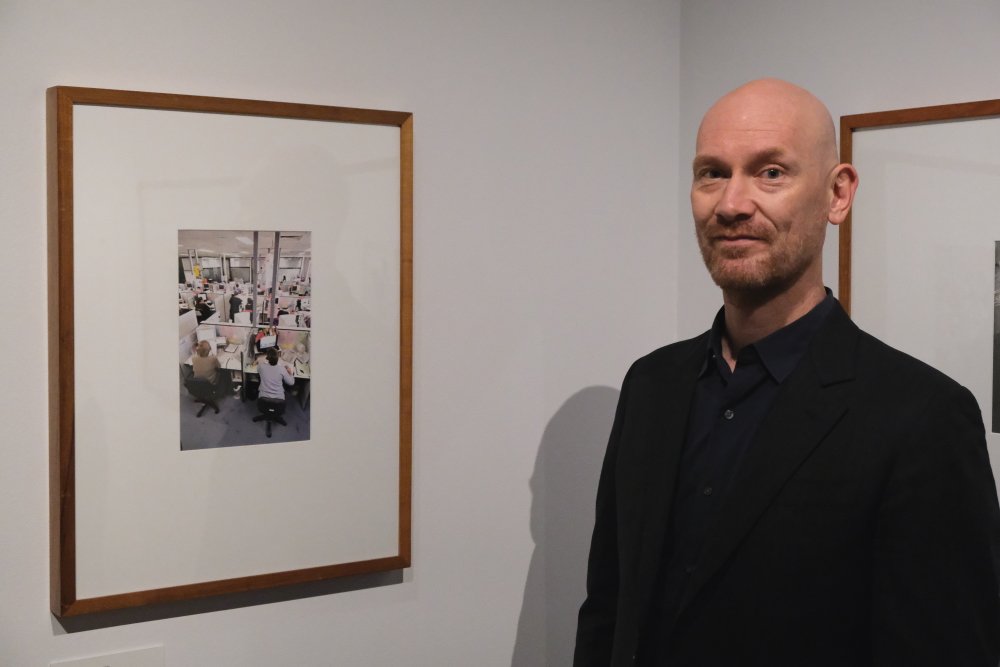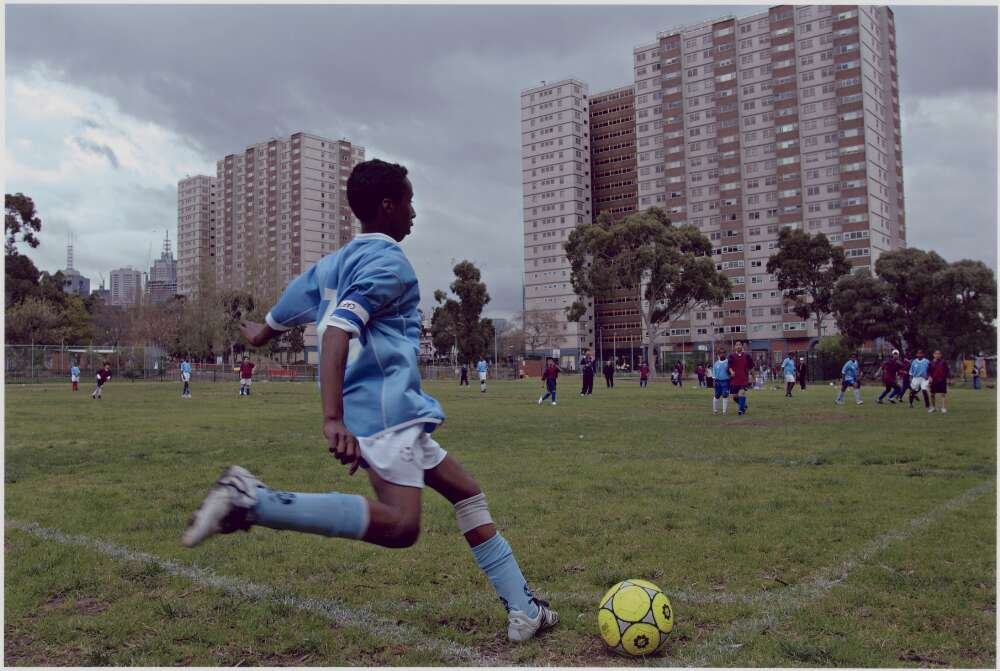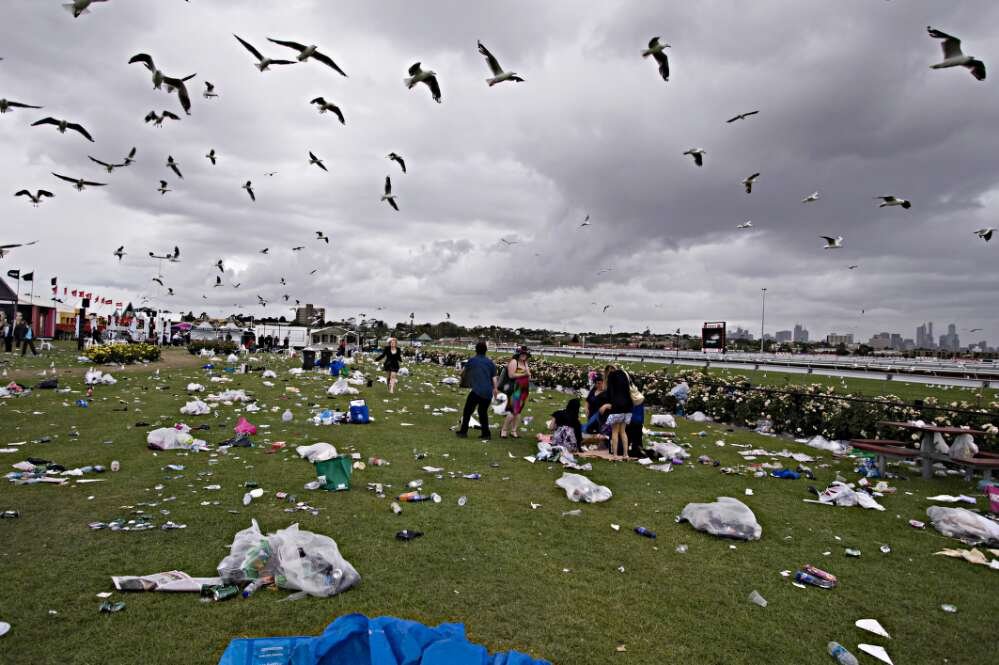‘Sometimes you photograph things for someone else… when shooting for the Library, you’re conscious about what is going to be most helpful.’
Dave Tacon is a photographer, director, producer and writer with, among other things, two Walkley Awards to his name. A specialist in reportage, features and portraiture, Tacon began his career in 2004 and now has work featured in the collections of the National Library, as well as multiple other cultural institutions in Australia.

Four of Tacon’s images (out of nearly 200 in the Library’s collection) are currently on display in our Viewfinder: Photography from the 1970s to Now exhibition – an exhibition he’s described as having ‘such breadth’.
‘It’s extremely flattering to have a print right next to Rennie Ellis, undoubtedly one of Australia’s greatest documentary photographers, and world class,’ Tacon reflected when we sat down with him during a recent trip to Canberra.
He also shared some of the stories behind his images featured in the exhibition.
Two of these images feature in the portion of the exhibition dedicated to the theme of ‘Play’, exploring how over the past half-century, new ways of spending our leisure time have emerged.

Tacon said of the image featuring Flemington Eagles Striker, Osman, ‘I photographed another shot from that angle – it just sort of happened. [I] knew where I wanted him to be when he kicked the ball but it…worked out perfectly.’
He describes it as one of those moments ‘when you have that feeling of getting the shot’.
The second image features Renton Millar who, at that time, was the number one skateboarder in the world.
‘You can kind of see the look of amazement in the kids’ faces.’

Tacon poses the question of how you might feel if you’ve just had a burger, and the number one skateboarder in the world at the time shows up and shows you how it’s done.
From the amazement of play to the everyday of work, the next of Tacon’s images in the exhibition falls into the exploration of people at ‘Work’.

‘Think I might have been standing on the desk for that one,’ Tacon recalls, ‘I actually worked in that call centre for a while.’
This call centre, which Tacon describes as a ‘great motivator’ to progress his photography career, is no longer there. It was situated above a video store which, we assume, is also no longer there.
Thanks to the art that is documentary photography though, we have a record of it existing.
The exhibition also includes one of Tacon’s records of Melbourne Cup Day, 2009.

Tacon said that on this day he had seen both ends of the spectrum, from the Birdcage to the ‘aftermath’, which he jokes he should have titled this image.
‘[It was] canapes and champagne and then that was the end.’
This sobering image is included in the portion of the exhibition looking at ‘Events’ both great and small.
Tacon says he hasn’t really thought about the emotional response visitors might have to his images, but that it is great if they do evoke a response.
In terms of what’s next for the photographer, he assures us he always has a camera on him and we’re very much looking forward to seeing more work from this insightful documentary photographer.